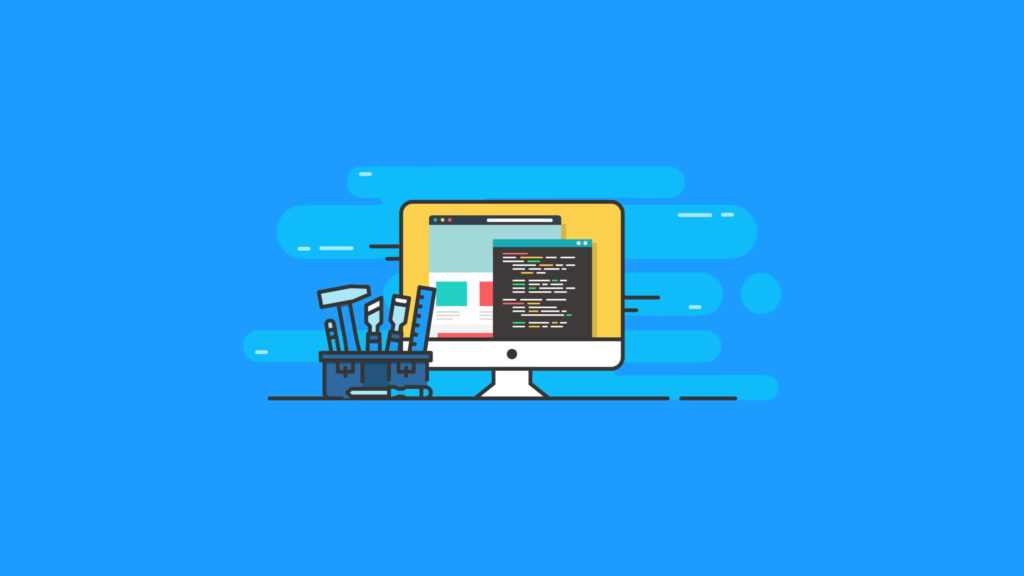Do you want to know how to customize woocommerce checkout page? By customizing the checkout page, you gain more control over the design and have the chance to boost sales. In this comprehensive guest post, we’ll teach you how to customize the checkout page without using any code, including customized the design or altering the fields that appear on the checkout page. We will also discuss the built-in functions that WooCommerce provides to customize the checkout experience.
What are the reasons behind customizing the checkout page?
Are there any valid reasons to rework the WooCommerce checkout page from scratch? It depends. Here are the top reasons why you should edit the checkout page in WooCommerce:
- To replace WooCommerce default font, styles, and purple colour with web elements relevant to your enterprises, such as a logo, brand colours, and links to support documents.
- After testing, optimizing the checkout process for conversions may be necessary.
- One-step checkouts may be used to upsell, cross-sells, and related items.
- To add custom fields or remove certain fields that WooCommerce provides.
- To Change Shipping Options and Change Design Elements, go to Change Shipping Options.
Click here – How Long Will It Take To Install My Roof?
Customization methods
There are several methods to customize the WooCommerce checkout page. You might use a plugin or choose not to, based on the specific alterations you want to make. Below, we will describe three of the most effective strategies.
- If your theme offers options for customizing the checkout page design, you can use them in the second approach.
- In the third approach, you can use the Elementor Pro checkout widget to customize the Appearance of the checkout page. This approach enables you to include new fields, remove default fields, and reposition everything as necessary.
Now we will discuss this in detail.
- WooCommerce built-in choices – The built-in settings for the WooCommerce checkout module can be altered in WordPress. Your theme may already allow you to change some fields and settings in the Customizer. For example, WooCommerce includes tools to remove certain fields, set tax rates during checkout, and display coupon boxes. There are various steps underlined here –
- To include taxes with prices in the checkout flow, go to WooCommerce > Settings > Taxes. Under the Tax tab, you can decide to show prices with or without taxes. Choose “Taxes included” to show the taxes in the cart and checkout.
- Under WooCommerce Settings, you can customize the shipping zones, methods and calculations shown in the checkout. You can enable the shipping calculator, hide the shipping cost in the checkout, and set default shipping addresses.
- Use the Accounts & Privacy tab under Settings to manage guest checkout, account creation, and privacy policy. Guest checkout can be turned on or off, and you can choose whether or not to display a privacy policy to customers.
- The checkout page and other advanced settings can be found in the WooCommerce settings. You can choose to generate new pages or enforce secure checkout with SSL, which is required for some payment gateways.
- WooCommerce themes with WordPress Customizer settings let you easily customize your checkout theme. To get started, go to Appearance> Customize on WordPress. If your theme has WooCommerce settings, they should be displayed here. These settings may include fields for the company name, address line 2, and more. You can make these fields optional, required, or hidden.
- Checkout Page Design – Elementor, Beaver Builder, and Themify are all page builders that allow you to alter the look and feel of the WooCommerce checkout page. You can overwrite most of the fields on the page using content widgets from these page builders.
- To edit the WooCommerce checkout, go to the checkout page automatically generated by WooCommerce and click Edit with Elementor.
- Delete the default WooCommerce checkout module and replace it with your page builder checkout module.
- Find the page builder’s checkout widget. Drag it to the blank page. Then delete the existing checkout short code.
- Customize every aspect of the elementor checkout for WooCommerce, including the General layout, Billing Details, Additional information, and your order. Use the Style, Sections, Typography, Online Forms, and Advanced tabs to edit the checkout. Save your changes and complete the checkout.
- Elementor Pro checkout widget – This is the easiest way to customize your checkout and make it unique to your brand. Once installed, it’s very easy to use Checkout Field Editor. There is a short form to fill out. Then you can start to add the fields you need. When you’re done, save and publish your changes. That’s it!
Click here – 5 Reasons To Upgrade From AX To Microsoft D365 Finance And Supply Chain Management
Summary: With the help of Nimbbl, you can create shopping carts and checkout forms with a single click. The plugin’s dashboard allows you to add and modify providers with one click. You can choose from features like one-click social sharing, abandoned cart emails, and more. Nimbbl comes with a flexible and GDPR-compliant API. It allows you to switch from one provider to another with just one click.






